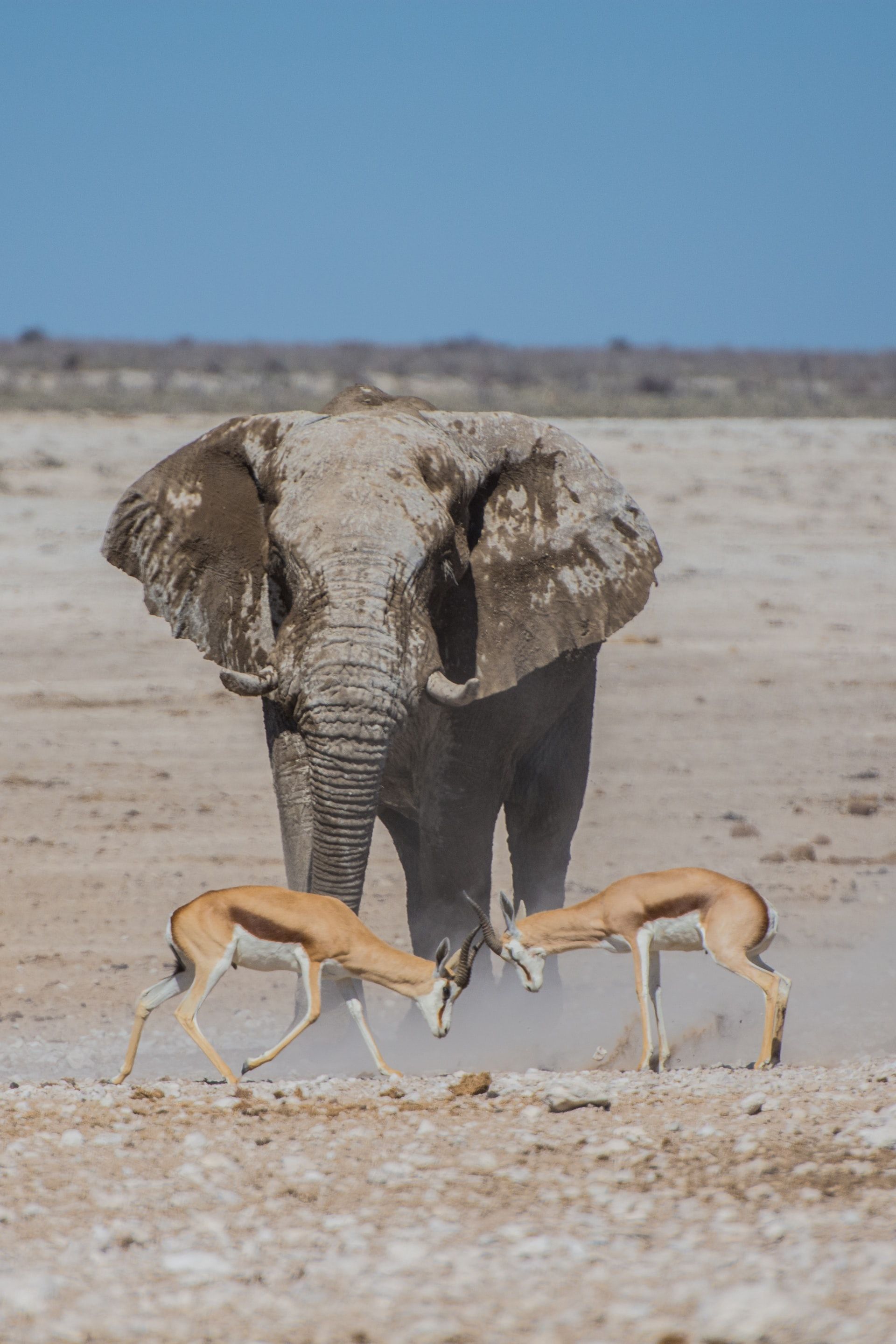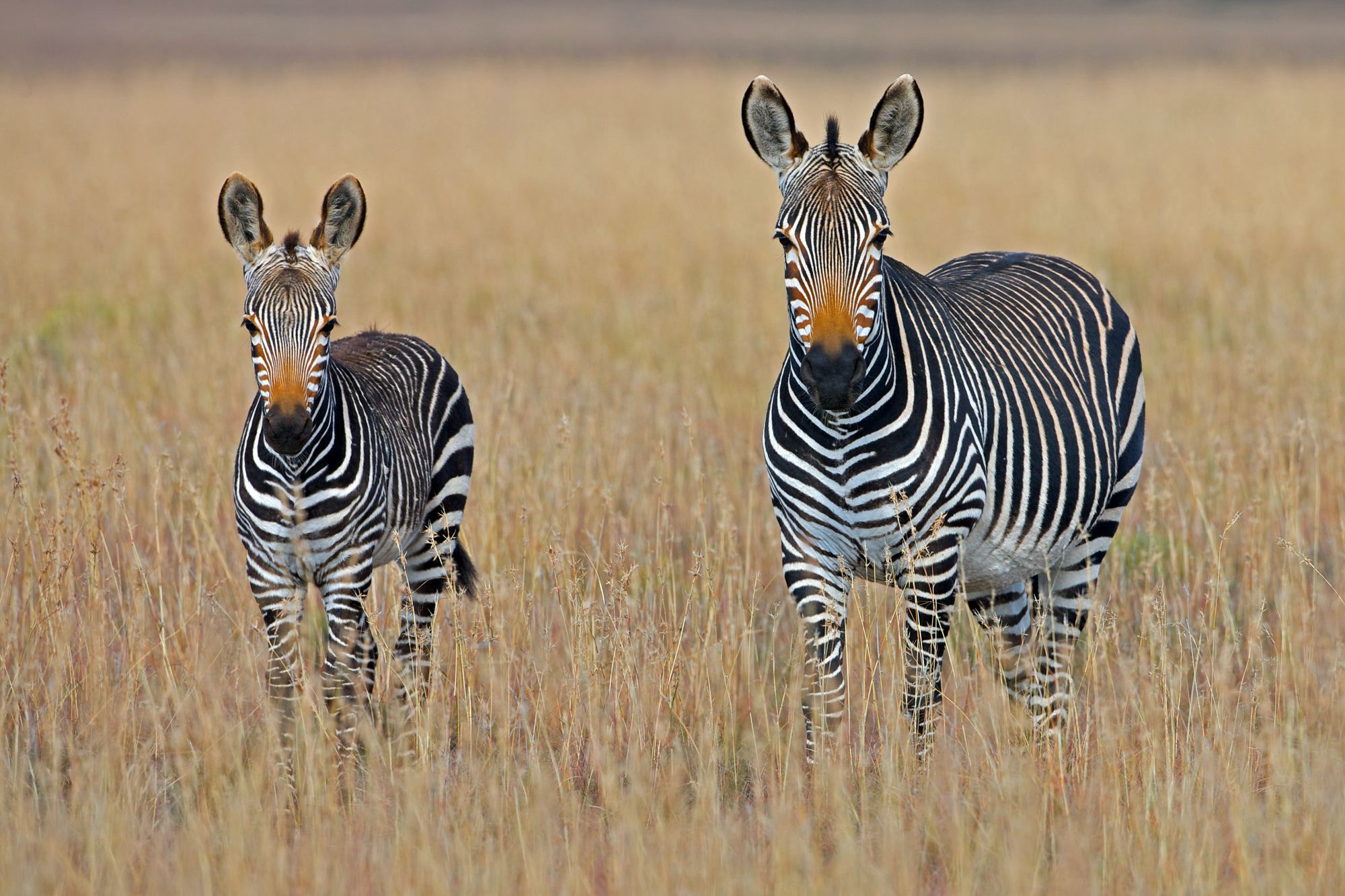It may not be quite what you think: lessons from eight days on a riding safari in Kenya
Simon leaned back against the log. He kept one eye on the crisping lamb chops that were cooking away on the makeshift grille and one eye on the bush. You have to in these parts. No guarantee that a lion or hyena isn’t a bit too close for comfort, and jackals have been known to be awfully cheeky when it comes to stealing food- sometimes right out of a lion’s mouth.
“I really love people,” he said. “I really do. I find them fascinating. Everyone is so different and different things excite them.”
We were discussing guiding, and his role as guide and manager for Offbeat Safaris, whose riding programme I was enjoying. Our horses were under another copse of trees, deep in the cool shade, groomed and protected by our African staff. The other riders were enjoying a gin and tonic out of the hot sun, or snoozing in preparation for the lunchtime feast.
It was our sixth day. We’d crossed dangerous rivers, galloped at breakneck speed alongside zebra, faced off mating lions and protective bull elephants in the African bush.

Sounds terribly romantic, doesn’t it?
Yet the real work, the real challenge of a good guide goes well beyond bush knowledge, intimate understandings of their surroundings, and in our case, considerable knowledge of horses, tack and animal behavior. In many cases, such as in truly demanding positions like Simon’s, these are just the access points. Barriers to entry, as it were.
In many ways, the real animals that have to be watched are us.
Day after day, Simon watched all of riders, and picked out a particular skill or made an observation which practically made that client glow with pride. Some who visit the Kenyan bush with Offbeat by horse may not be terribly good riders, and most, if this is the first time in Africa, can be wholly unprepared for some of the very real dangers and adventures that the bush entails.
Most of us have no clue how we’re going to react when a pair of mating lions takes umbrage at being closely observed in their private corner of the Mara. We have to handle nervous horses, maintain our own composure so that we don’t telegraph our terror to the animals, and do what Simon (or another guide) instructs us. Sometimes that means to hold our ground when every single instinct is screaming RUN!
Yet day after day, Simon, and Megan, our other guide, a very capable South African farm girl who has found a happy home with Offbeat, spent time developing confidence and acknowledging small wins.
They were quick to see who might have trouble, who needed special attention and who could be left alone. On adventures where very real threats can lie in wait in the shade of nearly any low bush, knowing your charges is not only essential, it can save lives.
By complimenting riders on their skills, by noting how well they’ve spotted a distant animal for the group, or taken their horse sailing effortlessly over a tree pushed over by an elephant, the guides build confidence, pride and pleasure. The horses, which are trained for eventing, hunting and polo, are very-well schooled and happy to fly over obstacles. We’re the ones with less confidence than they (and my hand is way up here, not like other riders whose ease over the larger stumps made them look like airborne angels).
I can personally attest, for when my little bay mare Nutella took off at a dead run, I saw a low wading pool up ahead. I did my best to steer her aside but we had riders hurtling along next to us. I steeled myself for a tuck and roll on the hard Kenyan soil. The next thing I knew she had neatly cleared the pool with barely a change in stride, and I was almost embarrassed that I hadn’t trusted her training. This is how we grow.
I’ve often been asked how you can become a guide. While there are plenty of training organisations which can provide knowledge about flora and fauna (Simon’s degree is in Zoology, for example), the far greater body of applicable and practical knowledge is in knowing how to appreciate and read people. This article gives you an excellent overview of what’s involved:
How To Become An Outdoor Adventure Guide
Perhaps what I appreciate most about Gaby Pilson’s article is that he is very crisp about how you cannot enter the field without some basic knowledge, both of the outdoors and, in Offbeat’s case as it relates to the moving safari, you must be very competent with horses.
However, as Simon and Megan demonstrated and I have seen the world over, the true challenges are with leadership and management skills.
Adventure clients have their own idiosyncrasies, and some can be problematic. For example:
A headstrong client determined to get a selfie with just the wrong animal. A loudmouth whose verbal abuse threatens to ruin the trip for everyone else (that person, if unresponsive to private admonitions, is likely to be refunded and quietly invited to leave). In our case, a terrified client nearly frozen in place on the side of a fast-moving stream that must be crossed. These are all examples of people who, when they are in high-risk environments, can pose a threat not only to their environments but also to other riders.
That’s where a guide’s true value comes to bear.
Impatient, self-important guides who are far more concerned with having fun and showing off can miss critically-important cues. That’s why the business of hiring, developing the right guides is essential to the success of any adventure company. When it comes to high-value, high-danger environments like the African bush, the qualities of deep experience and people skills make all the difference. Part of that is the history of the organisation itself.
Both Simon and Megan had, in their own ways, plenty of contact with Offbeat’s original founder, Tristan Voorspuy. Voorspuy was a larger-than-life British officer who had a mad passion for Africa and its wildlife. His life was tragically ended in March of 2017 over conflicts involving drought and cattle.
Voorspuy, whose very capable wife Cindy, family members and a large staff of dedicated conservationists have continued his work, had been a key influence in Simon’s young life (as well as all the guides who worked with him). He was merciless in his training, demanding, while at the same time bawdy, fun and much-beloved. Simon credits him with much of his early development, and Megan, who had hardly known him a few years before his death, misses terribly the answers to so many questions she wanted to ask.
Cindy, a tiny slip of a superbly-trained horsewoman, has long been the brains behind the horses, the managing of the myriad moving parts of Offbeat. In this offering, the progressive ride, being able to trust a horse is assumed even if less-experienced riders haven’t quite decided that indeed they can. That’s why the guides have their work cut out for them, so that the riders can relax on their mounts, trust them and themselves, and truly engage in their magical surroundings.
Good guides have superb mentors. Part of what I saw in Simon was the tempering effect of having a powerful early influence in his life from Voorspuy from age fourteen on, and being both driven and inspired. Having evolved into managerial roles, this young man demonstrates the kinds of guiding skills that I see missing in too many adventure trips all over the world. Simon puts his entire focus on the people who have paid a small fortune to explore the world he loves. He and Megan ensure that not only are clients safe and comfortable but that we also feel the pure excitement of a headlong hurtle across the grasses.
Many guides deliver the adventure bit but can be short on both compassion and empathy. In nearly every trip there is someone who, for one reason or another, is close to panic, or they just aren’t quite confident enough. A horse is too fractious, a roar too close for comfort. Emotionally mature guides remember how they felt in the same situations, and use those skills to allow a client to feel validated. It’s easy to assume that the other riders are just fine and you aren’t, which is not always the case.
In one case we had a Swiss woman who was terrified of crossing a rain-swollen Mara River. There were hippos nearby, and while Simon had already cleared a path for us with his bullwhip, she was horribly nervous. Between Simon and Megan, not only did she successfully cross without mishap, but she did it again the next day with even greater confidence, and the waters were even higher from the previous night’s heavy rains.
A truly great guide, and my impression is that Simon learned this in part from Voorspuy, takes great personal pride in supporting a tentative client to take a thoughtful risk. This woman was transformed by her experience and her joy was palpable.
“That’s what I like best,” Simon commented, smiling, as he flipped the chop over for the last time. “I love it when people do something they didn’t think they could do. It changes their lives.”
Guiding isn’t always glamorous. You can get nearly kicked in the face whilst trying to treat a horse that’s been bitten by ants. You may have to chase down an escapee mount that has disappeared with another horse up the side of a distant hill just as the skies have opened up with chilling rain. You may have to forfeit a fun morning ride because someone needs your horse to have the gallop, whilst you take that client’s slightly lame mount back to camp.
All these things and countless more happened on our trip. The guides were always cheerful, full of laughter, quick to help, and above all, swift to compliment on a job well done. In many ways perhaps largely unnoticed by many, their quiet support and easy presence led to a level of enjoyment that is the hallmark of a well-run adventure. You can take for granted that your perfect drink will be at the ready at lunchtime, your horse saddled and ready to mount, and the way ahead carefully thought out for your excitement and pleasure. Yet you may genuinely have no clue just how much work has been put into making all this appear effortless. The guides are the driving force behind all that.
Guiding sounds glamorous. It isn’t. It can sound terribly impressive at a cocktail party, but it doesn’t truly speak to the years of hard labour, the endless failures and faceplants that highly professional guides have experienced. Voorspuy himself sported the scars and bore the marks of having pushed too hard, gone too far and paid the price. But as a result, he knew what was possible. That’s part of what made him an excellent mentor.
Want to be a guide? Some are born to it. Some can work their way into it. But as Simon said as he piled the luscious chops onto the serving plate for the hungry clients, “Ninety-five percent of it is the people.”
Well said.

Comments powered by Talkyard.